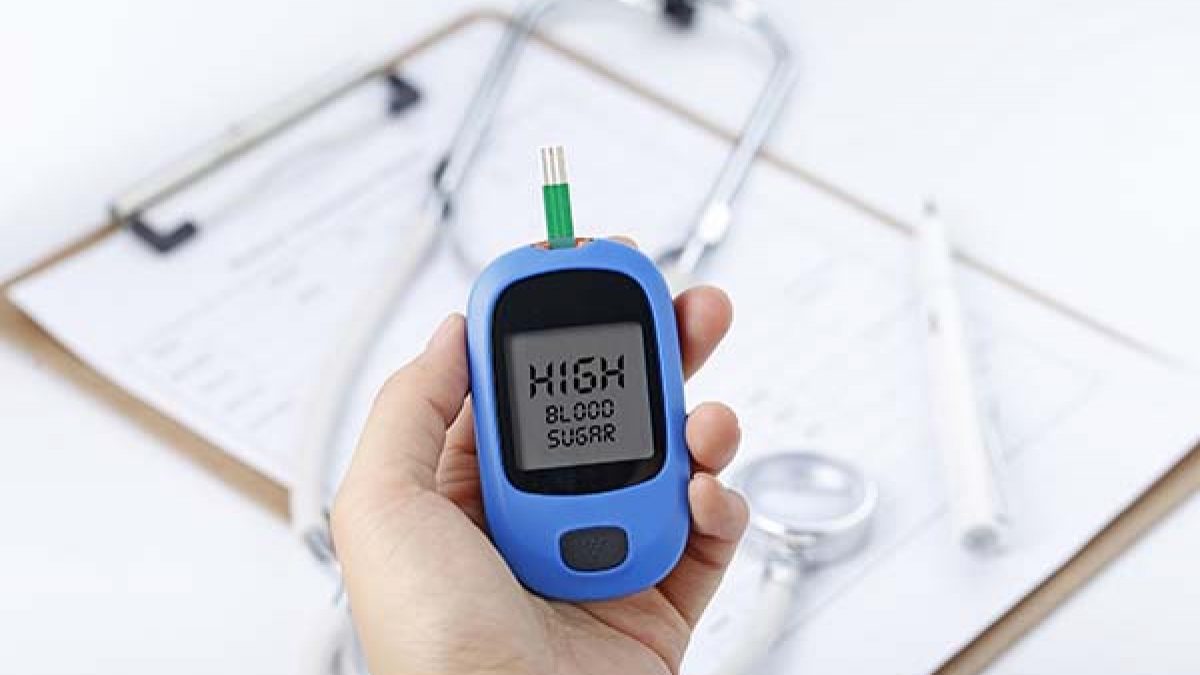Nutrition plays an important role in type 2 diabetes management. There is no common diet for diabetes treatment, some food selections should serve as the foundation for your personalized diet plan.
Your diet plan should work with your body, not against it, so it’s important that the food you eat won’t spike your blood sugar levels too high.
Choose quickly digestive carbs
A teaspoon of sugar or honey can help boost glucose levels in someone with diabetes who has low blood sugar. Sugar is frequently regarded as diabetes’ adversary due to how quickly it may raise blood glucose levels when consumed alone.
If you have diabetes, you should keep a close eye on the items you eat that have a high glycemic index (GI). The GI is a measurement of how rapidly food elevates blood sugar levels. Foods having a high GI can produce rises in blood sugar. This is particularly true with refined sugar and other simple carbohydrates such as white rice, bread, and pasta.
Make the majority of your carb selections whole-grain and high-fiber. If you want a piece of chocolate cake with frosting, eat it right after a balanced meal that includes lean protein, healthy fats, veggies, and high-fiber grain options like beans.
When you combine quick-digesting foods with other items, you can slow down their digestion and minimize blood sugar rises.
Choose whole-grain carbohydrate sources
Limiting fast-digesting carbohydrates does not imply avoiding any carbohydrates. Grain that has been left whole and uncooked is a great source of energy. They’re also high in fiber, vitamins, and minerals. Whole-grain carbohydrates are the healthiest because they provide the most nourishment and take the longest to break down in the bloodstream.
Go for low-fat animal protein sources
Sodium-rich, saturated-fat-rich, cholesterol-rich, and trans-fat-rich foods can increase your risk of heart disease and stroke. That does not mean you must avoid all fats. Foods rich in good fats can help lower your cholesterol levels.
Increase your fruits and vegetable intake
A diabetes-friendly diet requires carbohydrate balance. Processed and refined carbohydrates aren’t the best choices, but whole grains and dietary fiber can help in a variety of ways. Whole grains are high in fiber, as well as vitamins and minerals that are helpful to your health. Dietary fiber is good for your digestion and makes you feel fuller after you eat.
Fruits are frequently high in fiber, vitamins, minerals, and antioxidants. To get the most fiber, pick whole fruits rather than juice. The more fiber a fruit has, the more skin it has.
Pick these high-fiber fruits like blueberries, raspberries, blackberries, cranberries, pears, cantaloupes, grapefruit, and cherries. These are good fiber sources.
Limit these fruit intakes like watermelon, pineapple, apple, apricots, raisins, grapes, and oranges.
Moreover, you can add vegetables like broccoli, spinach, peppers, carrots, green beans, tomatoes, celery, and cabbage.
Plan your proper meal plan
If you have diabetes, you should spread your carbohydrate intake out throughout the course of the day to avoid blood sugar spikes. Also, consider portions that will help you achieve or maintain your weight-loss goals.
Throughout the day, as well as before and after meals, keep track of your blood sugar levels. Consult your doctor or a dietician if you have any concerns. They can work with you to develop a diet plan that is tailored to your specific needs.
Conclusion
Sticking to a schedule and creating a proper meal plan is essential for diabetes management. A well-balanced diet low in carbs, saturated and trans fats, and sodium can aid in the management of your general health.
It’s also crucial to keep track of your blood sugar levels in relation to what you eat, how active you are, and whether or not you’re on diabetic medication. You’ll learn how your body reacts to different foods at different times of the day throughout time.
Regular exercise combined with a healthy diet can also help you better manage your diabetes. Maintaining a healthy weight can aid in the reduction of blood sugar and cholesterol levels, as well as the improvement of blood pressure.

